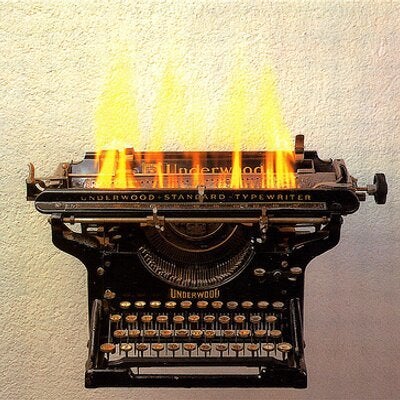
This essay was coauthored with Dr. Patrick Markey at Villanova University.
Helping parents and policy makers understand the nature of violent media research continues to be a challenge. Such research remains inconclusive and controversial. Despite many decades of research studies, basic questions remain. In recent years, more and more studies have suggested that linking media violence to societal aggression may be more difficult. Media violence may not, in fact, be a significant risk factor for youth aggression.
Unfortunately, one factor in spreading misinformation has been biased news accounts. To be sure, some news accounts of media violence research have been fair and balanced. But, also, some have not. Typically, biased news reports peddle alarmist nonsense by selecting only those scholars willing to make the most extreme statements about media violence research. The most recent such example of bad reporting is an article in the Child and Adolescent Health journal of The Lancet.
Reading this article one might be reasonably excused for coming away believing that research evidence linking media violence to adolescent aggression is sound. This news article reaches its conclusions through two processes…citation bias, and the selective use of biased scholarly accounts.
Citation bias occurs when a source (whether scholars or news journalists) only cite evidence supporting a particular belief. It is generally considered to be poor scientific practice if not unethical, yet The Lancet’s article engages in just this behavior. Recent years have seen numerous studies and meta-analyses that failed to find links between media violent and youth aggression, yet none are mentioned in this article (e.g., 1, 2, 3, 4, 5, 6,7). Thus, readers were not given a full accounting of the research evidence in this field.
Just as troubling is The Lancet article’s reliance on sources that have known biases regarding this topic. Most of the sources quoted in the article have been specifically identified as having a tendency to make extreme statements about media effects. One of the sources comes from a laboratory at Ohio State University which has experienced two retractions, one major correction and failed reanalysis in the past year. Another is a laboratory that has been criticized for engaging in dodgy researcher practices. Why is The Lancet: Child and Adolescent Health (CAH) relying so much on only one group of scholars?
Recent surveys of scholars have concluded that there is no consensus among scholars regarding media violence effects (e.g., 1, 2, 3). If anything, scholars generally seem to be skeptical of effects, particularly when relating to societal aggression or violence. So why did The Lancet not take the time to do more in depth reporting and consult with scholars on both sides of the debate?
Unfortunately, even when we informed The Lancet: CAH about the problems with their reporting, they declined to conduct any follow-up. With that decision, The Lancet has left in place a fairly blatant piece of moral advocacy masquerading as science. This is a black stain on the reputation of this journal.
Of course this problem likely isn’t limited to just media violence. As we’re learning from the replication crisis in psychology and medicine, our beliefs are filled with false positive results. Unfortunately, efforts to fix this situation have often been met with stiff resistance. It is disconcerting to find how unconcerned many scholars are with promoting open, objective science rather than defending the status quo of cherished beliefs.
What should we learn from The Lancet: CAH episode? Namely, that even high-ranked journals can’t avoid “if it bleeds, it leads” sensationalistic headlines and, by cherry-picking sources, it’s possible to promote alarmist claims that can be easily fact-checked as false. This poor reporting on the part of the Lancet should continue to fuel the wake-up call that there is much we still need to do to promote objectivity in the scientific community.
In the meantime, what should be done with The Lancet article? It presumes to give clinicians and policy makers advice but, given that such advice is founded on a biased platform, it can be cheerfully ignored. The Lancet even repeats the outdated advice limiting adolescents to two hours a day screen time… a suggestion even the American Academy of Pediatrics recently dropped. And readers of The Lancet should write to the editors and insist on more accurate and balanced reporting. Otherwise, The Lancet functions no better than Fox News, Breitbart, CNN or other outlets willing to peddle nonsense so long as it results in page clicks.
